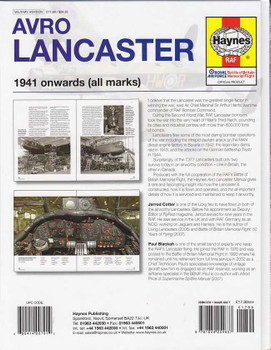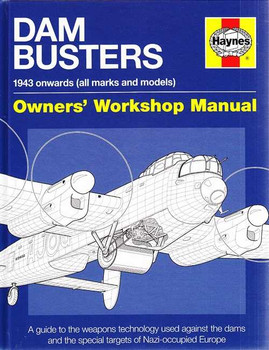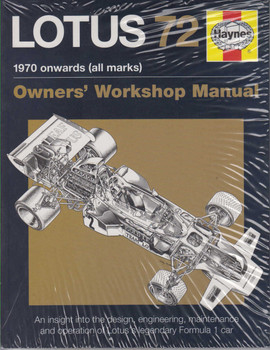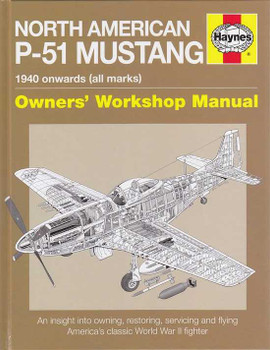Description
Author: Jonathan Falconer, Hardbound., 188 Pages, ISBN: 9781785210679, H6067, First Published in May 2016
The Handley Page Halifax holds an important place in British and Commonwealth aviation history as one of the RAF's trio of four-engined heavy bombers during the Second World War. Alongside the Avro Lancaster and Short Stirling it was in the thick of the action for more than four years of conflict, but the versatility of the Halifax meant it was used much more widely than the vaunted Lancaster, both operationally and geographically - from strategic bombing to airborne forces operations, and from 'cloak and dagger' sorties to maritime patrol and meteorological reconnaissance duties.
In this manual you can read about the Halifax's varied combat career and then lift the hatches to look inside the aircraft and see how it was constructed. Discover what the Halifax was like to fly and maintain, and learn why the evolution from Rolls-Royce Merlin to Bristol Hercules power was an important factor in the Handley Page bomber eventually achieving parity with the Lancaster.
Vivid eyewitness accounts evoke the excitement of discovering and raising Halifax survivors 'S for Sugar' and 'X for X-ray' from Norwegian lakes in 1973 and 1995, and describe the ambitious reconstruction of 'X for X-ray' in Canada.
Illustrated with a fascinating selection of more than 300 photographs and technical drawings, some of which are published here for the first time, the Haynes Handley Page Halifax Manual offers a unique insight into this iconic Second World War RAF bomber aircraft.
Jonathan Falconer s the author of some thirty books on various aspects of aviation and military history, including the Haynes Short Stirling and D-Day Operations Manuals. He is also co-author
(with Brian Rivas) of the de Hayilland Mosquito Manual. He lives in Wiltshire.



















